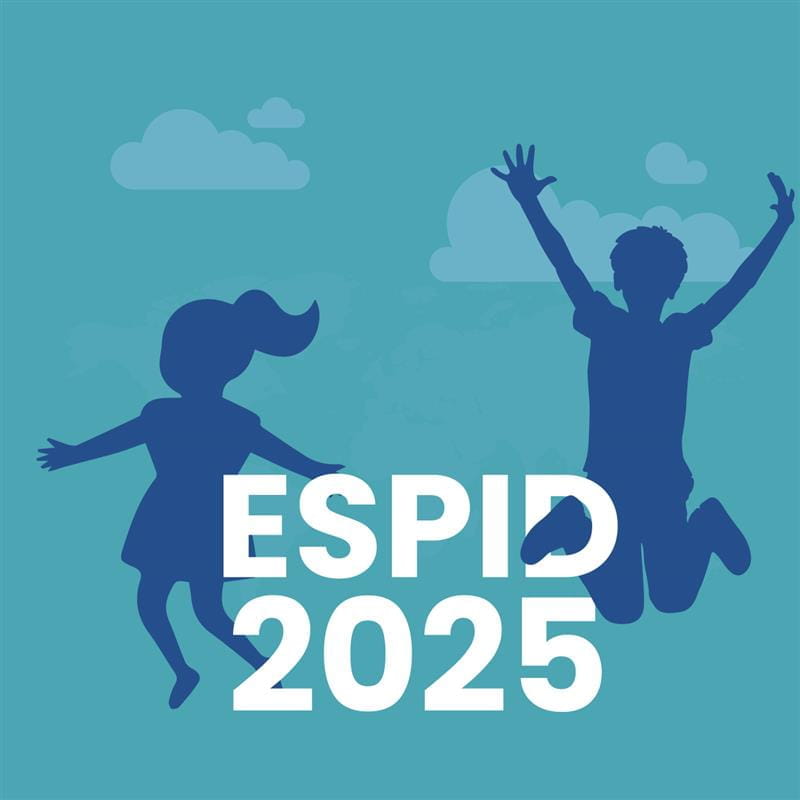ESPID 2023: Paediatric Pneumonia - Molecular Microbiology and Clinical Management
The session discusses on paediatric pneumonia with focus on the molecular microbiology and clinical management aspects.
It was emphasized that the Streptococcus pneumoniae is not a single pathogen but multiple serotypes with distinctive characteristics. Due to this diversity of serotypes in Streptococcus pneumoniae affects the efficacy of vaccines, as some of these serotypes helps in the survival of the bacteria hence leading to further complication, one of them being the serotype 3. Hence making Streptococcus pneumoniae as the leading cause of pneumonia and complicated pneumonia despite of vaccines. Streptococcus pneumoniae is also associated with viral infections. Trends in the managements of complicated pneumonia in children was discussed highlighting that for cases with more or less uncomplicated parapneumonic effusions (PPE) that involved with small effusions (<2-3 cm) with mild symptoms, intravenous (IV) antibiotics would be sufficient. Children with larger effusions having respiratory distress, pleural chest drainage plus fibrinolytics or video-assisted thoracoscopic surgery (VATS) are good alternatives.
For more complicated PPE, necrotizing pneumonia (NP) or bronchopleural fistulae (BPF) should be managed on a case-by-case basis. And at the same time, it is essential to have a multidisciplinary approach involving pediatric infectious disease specialist, radiologist, pulmonologist, and essential surgeons. Point-of-care ultrasound (PoCUS) is very help in drain placement and for follow-ups of the patients. It was suggested that in such cases a shorter duration of antibiotics and a faster switch to oral antibiotics could yield to excellent outcomes on the long term. However, this point was debated considering such cases tend to have a number of complications hence switching to oral antibiotics would be to early.
It was further clarified that these were the recommendations of British Thoracic Society (BTS), however there was no evidence to support the same, hence such approach should be only considered depending on the clinical parameters and conditions of the patient. Another point that was commented on was the mention of contraindications on the use of fibrinolysis in the presence of necrotizing pneumonia have risks of bleeding in the guidelines. It was argued that this approach has actually benefitted in such cases with no complications, however in experienced surgeons are not confident to agree on the same as it is mentioned in the guidelines. However, it was agreed that it would be better to be cautious while applying this approach as there may be other underlying factors that could lead to complications.
A pilot randomized controlled trial (RCT) compared the efficacy and safety of six doses intrapleural streptokinase against conventional three doses in children with emphyema. Six doses of intrapleural streptokinase resulted in greater drain volumes, shortened duration of distress and fever. Hence, it was concluded that six doses of intrapleural streptokinase appeared to be safe and superior to conventional three doses. However, it was implicated that larger multicentric RCTs are required to study the underpowered outcomes.
The dynamics of hospitalizations for community-acquired alveolar pneumonia (CAAP) in children <24 months during the first and second COVID-19 pandemic years was evaluated, which showed a reduction by 79.5% and 76.4% in children <12months and 12 months to 23 months, respectively, in parallel with the complete disappearance of lower respiratory tract illness viruses. During the second pandemic year, the CAAP cumulative rates returned to pre-pandemic rates in children <12 months but exceeded those pre-pandemic rates in the 12-23 months group by 60%. However, cumulative rates of CAAP hospitalizations of the cohort enrolled <12 months during the first pandemic year and followed for successive two years was still below expected compared to pre-pandemic rates.
The session on epidemiology and management of group A streptococcal parapneumonic effusion during a period of increased disease incidence in the United Kingdom showed that initial symptoms presented in children was difficult to distinguish from viral infections. Most cases were with co-existent respiratory viral infections. Most cases were confirmed using molecular methods. Variance in IV treatment lengths highlights the limited available antibiotic guidelines. Prolonged fever may have induced escalation to broad-spectrum antibiotics.
European Society for Paediatric Infectious Diseases (ESPID) 41st Annual Meeting 2023, 8th May – 12th May 2023, Lisbon, Portugal.



